A recently released follow-up study from the BRAC University’s Centre for Entrepreneurship Development in Dhaka, confirms the NYU Stern Center’s findings. Using a similar methodology that combines analysis of several online databases and field research the BRAC University Center found over 8,000 garment factories in Bangladesh.
Making the Bangladesh Garment Sector Safe and Sustainable: Setting the Future Agenda
Research Brief: BANGLADESH FACTORY SAFETY - FOUR YEARS AFTER RANA PLAZA
Four Years After Rana Plaza, New Research Brief Spotlights Lagging Progress on Workplace Safety
A Losing Battle – Commodity Trading Firms Fight Supply Chain Transparency
Research Brief: FOREIGN FUNDING COMMITMENTS FOR BANGLADESH'S GARMENT SECTOR
My Summer at PVH: Harnessing Business to Strengthen Global Supply Chains
A Light in the Darkness: Human Rights Defenders Targeted in Thailand
'Press 1 for Child Labor': Garment Workers Use Cellphones to Report Abuses
Most Bangladeshi Garment Workers are Women, but their Union Leaders Weren't. Until Now.
NYU Stern Center for Business and Human Rights Responds to Tragic Bangladesh Factory Fire
'Keep Buying Clothes, We Need These Jobs': What's Changed in Bangladesh Since the 2013 Rana Plaza Factory Collapse
3 Issues That Should Drive Kerry’s Agenda in Dhaka
With a brutal terrorist attack on July 1, cyber theft of $101 million of Bangladesh’s assets through the Federal Reserve Bank of New York in February, and a deadly factory collapse that killed more than 1,100 workers in its powerhouse apparel sector in 2013, Bangladesh is looking like a potential trouble spot for the U.S. Here are three issues that should be on the agenda as Kerry lands in Dhaka on Monday.
Bangladesh Indicts 38 For Murder in 2013 Factory Fall. Are its Workers Safer?
Bangladesh Terror Attack Highlights Security Concerns, Threats to Citizens, Country’s Economy
The hostage attack heightens security concerns while presenting a serious threat to the economy. The fashion industry has been a boon to Bangladesh’s economic growth, but this kind of attack will surely keep buyers away in the months leading up to the holiday shopping season. Five million workers depend on jobs in the readymade garment sector. This attack has the potential to jeopardize Bangladesh’s developing economy and the prosperity of its people, which only exacerbates an economic environment in which homegrown extremism can take root.”
Supply Chains Roundtable: Sarah Labowitz
New Data On the Number of Factories in Bangladesh
A quiet story has been breaking in the Bangladeshi press over the last month about the number of factories producing for the garment sector. New data on factories released by the BGMEA has added to this dialogue. Sarah contextualizes the important role data and transparency play in protecting all workers in the supply chain.
"The Independent Republic of the Supply Chain" and the International Labour Conference
Update from the International Labor Conference. Asia Floor Wage Alliance goes after Gap, H and M, and Walmart.
Legalizing Responsibility for Human Rights in Global Supply Chains
The 2016 International Labor Conference has spurred a flurry of reports on supply chains. Many call for a new ILO treaty on Global Supply Chains. Justine argues that laws will help but more rigorous discussion is needed on how to attribute responsibility up and down the chain - starting from the top using their leverage to restructure contracts.
























